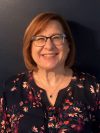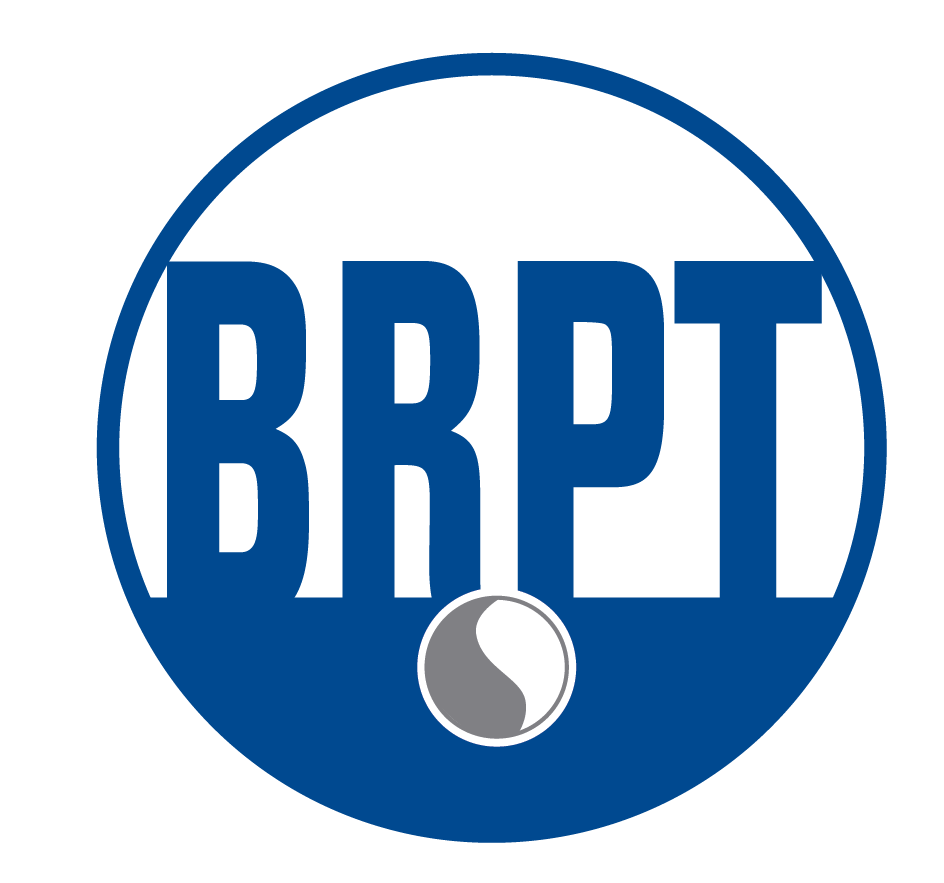CASE STUDY
How A Clinical Sleep Educator Used Her CCSH Credential To Catapult Pap Compliance Rates Beyond The National Average

About Cheryl Memmini, RRT, RPSGT, CCSH
Cheryl Memmini is a Clinical Sleep Educator at Northwestern Medicine Sleep Services – Algonquin, located in Algonquin, Illinois. Cheryl has been in healthcare for 35 years, first as a hospital based respiratory therapist, then as a hospital based sleep technologist; she is currently a Clinical Sleep Educator for a hospital based DME. Cheryl is married and has four adult children and many pets. She is passionate about educating people about good sleep health, sleep disorders and therapies.
CCSH credential in action:
At Northwestern Medicine Sleep Services-Algonqui, Memmini and her colleagues use the CCSH in a variety of ways, including:
- In an outpatient setting, to educate patients who are moving from HST to AutoPAP and don’t understand why they need CPAP; these patients are generally seen between HST and set up, before they have followed up with the sleep physician. Here the CCSH reviews their study, OSA and its causes and comorbidities, and relates these facts directly to the patient’s symptoms and comorbidities. They explain PAP therapy, how it works and how it helps them.
- Through the hospital based DME, it’s determined at set up how much has been explained to the patients about OSA as it relates to their specific case, what PAP is and making sure they understand their sleep study. Patient education is critical to improving PAP compliance and success.
- On the inpatient side, patients are referred by physicians whereupon they are educated about OSA, and screened for OSA testing after which – if needed – an order is generated.
Outcomes:
PAP compliance rates are 87 percent at Northwestern Medicine Sleep Services – Algonquin, which is substantially higher than the national average. As a result, Northwestern Medicine Sleep Services continues to conduct a number of in-lab studies (as well as many HSTs) because of the roles CCSH credentialed staff play in the different settings. Going from HST, to Clinical Sleep Educator, to set up, is an efficient process, which means patients start prescribed therapy sooner and potential problems are identified more quickly. Following this process, patients meet with the sleep physician so that treatment can be accelerated.
Why the CCSH credential is even more relevant as technology moves forward with the increased use of HST, AI and other advances:
These patients obtain and learn so much data from their wearable devices. CCSH credentialed staff help patients absorb these outputs and data and translate them into how it’s affecting them, which is key to effective treatment. Many terms are used in studies (AHI, RDI, REM, etc.) that patients don’t understand. Advances in technology and PAP machines give patients a significant amount of data; patients want to know what it means and how it affects them. This makes the role of the CCSH and educator, even more important and an integral piece of patient care.
In Her Own Words:
“The value of an educated, informed patient is not only good for the patient, it’s good for clinical outcomes and helps patients be successful with therapy while preventing more serious outcomes of the untreated/non-compliant OSA patient. Educating the patient is also respecting them; this partnership helps them make informed decisions about their health. It also makes every next step run more smoothly through the system for testing, treatment and follow up. These patients are informed and engaged, and more likely to follow through.” — Cheryl Memmini, RRT, RPSGT, CCSH
Multiple credentials lead to better care:
In addition to her CCSH credential, Memmini notes that with both an RPSGT and an RRT, each credential has given her a deeper understanding of the services she can provide. For example, she adds, “They complement each other. An RPSGT focuses more on what goes on in the sleep lab, in getting good studies and analyzing them. You’re seeing patients generally one to two times and for brief periods of time. You’re focused on that night, that study and having good outcomes from that study. The CCSH teaches you to think beyond that; in the long term, what will work for each patient? What will make them understand their disease and want to treat it? How do we make this a part of their everyday life? You understand what works for one patient may not motivate the next one.”
Tips for how CCSH credential holders can make the case to employers for recognizing the importance of this credential:
Help your organization and leaders value patient education. When a patient is well-educated in their disease process and treatment, and understands the “why” of every step of the process, they’re more engaged in their care and treatment and are more successful and compliant with therapy. Understanding why/how OSA causes HTN; how it contributes to insulin resistance and diabetes; why/how CPAP works and improves these conditions, is imperative to ensuring patients are engaged in their care and treatment and successful and compliant with their therapy.
To learn more about the CCSH credential, click here.
